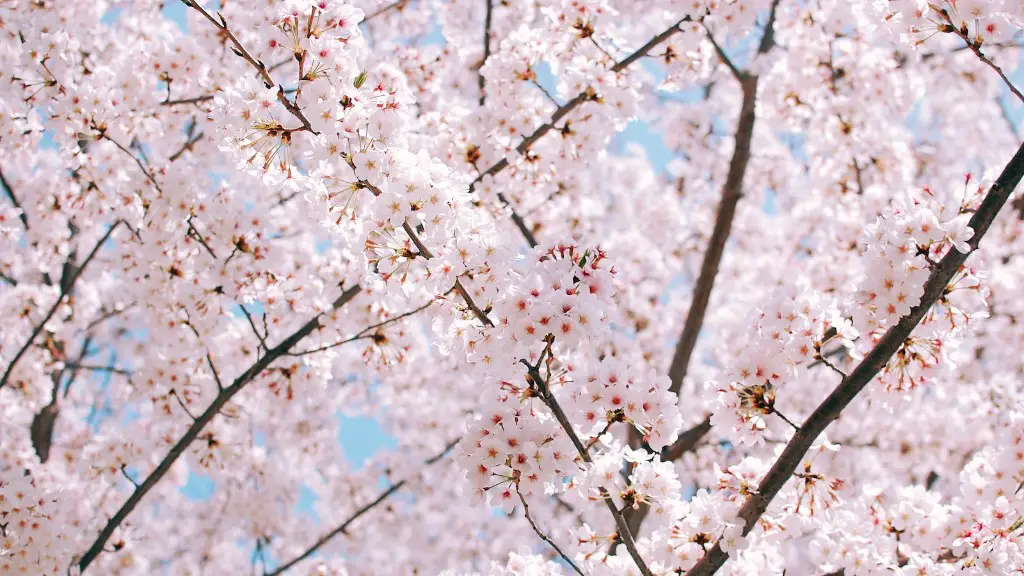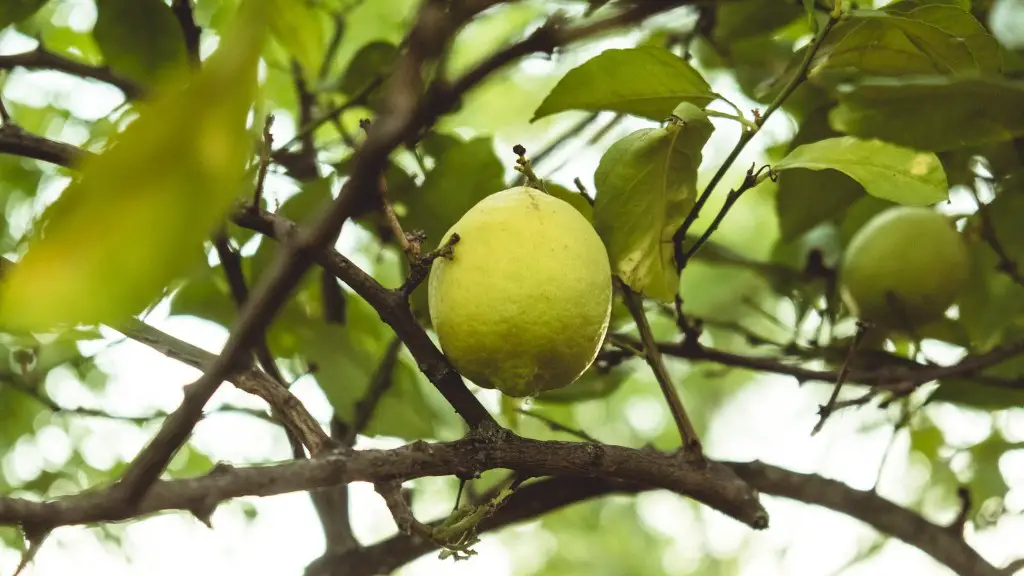Supplies and Interpreting the Image
Aspiring artists require a few tools to achieve an aesthetically pleasing end result. Cherry blossoms can be drawn with just a few simple supplies, such as: a pencil, eraser, and paper. Optional supplies include a blending stump, tortillion, and/or white drawing pencil.
To start, it is best to find a reference image that can be interpreted by the artist. A basic image will appear flat and may be easier, allowing the artist to create the look they desire. A more complex image may convey the appearance of dimension and framing within the drawing, but may prove a more difficult task. The successful drawing of a cherry blossom requires an understanding of the anatomy of the tree, as these unique species of trees differ from forest trees of differing types.
Creating the Pencil Strokes
Using the basic supplies, begin by creating the structure of the tree. A rough sketch may prove helpful for this purpose. Start with the trunk and any branches, consider their position and direction. Then, add any leaves and little details that can be seen from the reference image.
Throughout the drawing process, a light hand should be used. The more drawn that is etched into the paper as the feathers and petals of the tree, the more challenging it will be erase and potentially respark the passion of the drawing. As the pencil and eraser are being used across the same pieces of paper, the base of the tree is likely to go through many changes.
Adding Lights and Shadows
A cherry blossom tree appears to be illuminated by the sun, leaving it with a beautiful coloring of pink and white. When the artist begins to add color to the tree it is important to remember that colors may appear bright or muted based on the level of light cast on the surface of the leaves and petals.
During the shading process, shadows should also be consider. To show the depth of the tree, shadows should be used along the petals and leaves, as this will show not only the size but the interweaving branches as well. As the sun is always found in the sky, its direction needs to be taken into consideration in order to draw shadows in their proper place.
Getting the Texture Right
Cherry blossoms have a certain texture, exaggerated by its individual petals, that sets it apart from other blossom trees. To achieve the same aura of these trees, the artist should use a combination of small, precise pencil strokes to show the petals giving off the perception of a young flower in full bloom.
Part of achieving this also requires attention to areas of focus. The petals should be focused on while drawing, from the ends of its branch to the tips of its leaves. Meanwhile, the trunk, branches, ebbs and flows of the tree must be given the same attention to ensure its structure holds strength throughout the design.
Capturing the Motion
The sifting petals and rustling leaves of a cherry blossom is an iconic symbol found in ancient artwork and visited sites today. To capture the full essence of the cherry blossom tree, an artist can use little details such as wind, flying petals, and rustling leaves to bring the artwork to life.
Sometimes even one feather hanging off a branch can solidify the design, allowing the viewer to see the tree in its entirety while feeling like they are standing in front of the blooming cherry blossoms themselves.
Blending the Colors
Cherry blossoms come in a variety of colors, from white to a deep purple, and mixing colors can be quite a challenge for the aspiring artist. To ensure the colors remain separate, use a standard eraser or other blending material to shade by adding and removing until the desired blend is achieved.
Also consider the type of blend desired. Cross-hatching, stippling, and linear blending can be used for different textures and overall look. The artist must be aware of what type of look they are working towards from the beginning as it will affect how the final product looks.
Sharpening Details
If attention to detail is the artist’s strength, then this is the time to apply it with the aid of a white pencil and the eraser. Clean up lines and smooth out edges until the desired effect is achieved. With a white pencil, high lights and bright whites can be added to give the feeling of the sun shining on the tree. Also with a white pencil, light highlights can be applied to the petals to give the impression of petals in the sun, as well as snowy petals falling from the sky.
Adding the Background
What kind of background will be used depends on the artist’s vision and the message the artist wants to convey. For a classic look, a simple background of white or a light blue can add a sense of elegance to the image. For a more avant-garde look, consider an unorthodox background. Perhaps a vibrant sunray peering through the trees or a living forest illuminated by a street lamp. In any case, the background should balance the interpretation of the tree’s beauty.
Integrating the Characters
The inclusion of other elements, such as people or animals, can bring to life drawings and offer a unique visual representation. Depending on the vision, characters with befitting gestures and clothing can be included to help better relate the overall message. They may look towards the tree in serenity and awe, in simpatico or at formal disjointedness.
A special touch of drapery and clothing or perhaps an additional pet-like character may also be added to bring the drawing to life as subtle hues and highlights scattered among the petal’s drifts. In all cases, the characters’ presence should add to, and not detract from, the beauty of the cherry blossoms.
Adding Unique Details
Adding unique details to a composition may be the finishing touch that conveys a particular emotion. An artist may consider adding dynamic elements such as water droplets, reflections, or birds in flight to bring a feeling of aliveness to the piece.
Sakura petals traveling down stream or being welcomed by gathering creatures can make a drawing more fresh and inviting. Alternatively, a more somber scene with petals scattered on the ground may include a lonely journeyer marching along. It takes little to bring a piece to life, but these subtle details may be the key to making a great composition.

